CLT Construction Systems
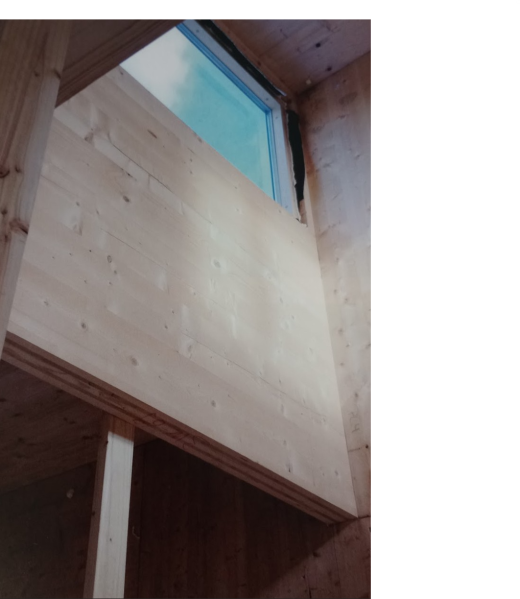
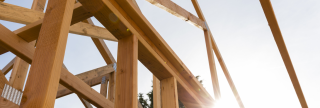
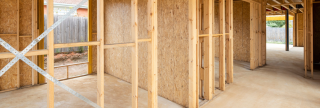
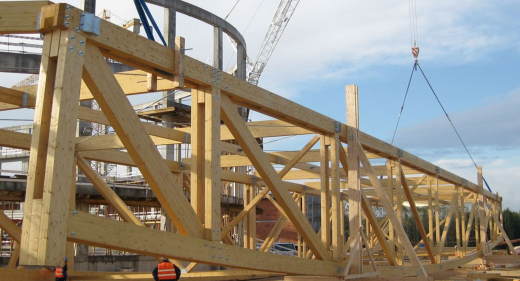
Purpose and Scope of This Article
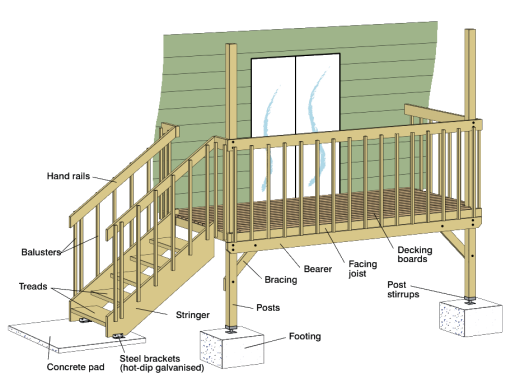
This guide outlines key design and construction considerations for light domestic timber decks for both raised and close to or on-ground timber decks that are exposed to the weather.